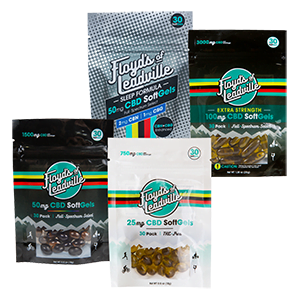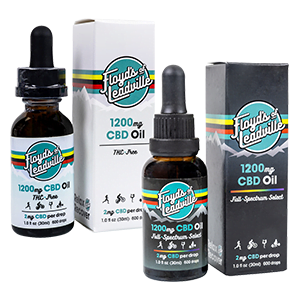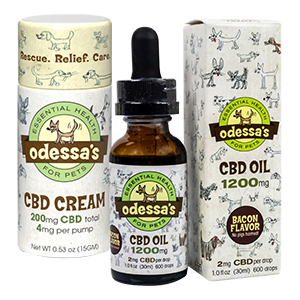Know Your CBD
Hemp throughout History
We’re only a few thousand years behind the times…
While we’re busy isolating CBD and crafting 2oz Tonics, the American hemp industry has been rapidly evolving. Lately there’s been a hemp resurgence across America and it’s not the first time we’ve developed a close relationship with this multifaceted plant. Long before we bought a house in Leadville and started sourcing organic Colorado hemp, civilizations were using the plant for its fiber, edible seeds, and medicinal properties. While CBD may be new to our lexicon, hemp has been at the backbone of societies since 2800 BCE, with some evidence suggesting its roots in human history back to 8,000 BCE. As we begin our first hemp harvest in Pennsylvania we’re reminded of the farmers who have come before us, way, way, way before us, in our quest to utilize this versatile plant.
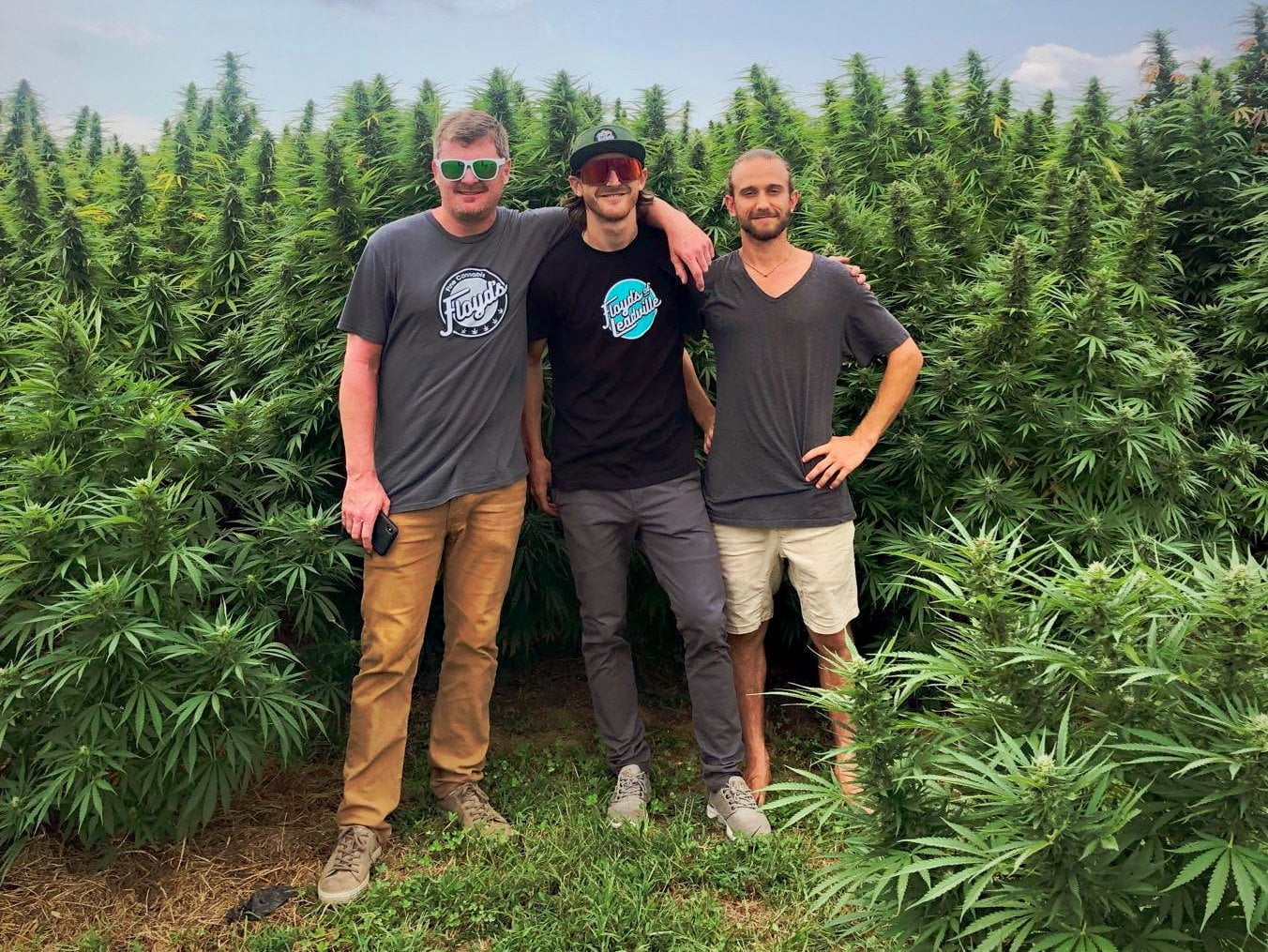
Floyd, Jake Sitler and Floyd’s Hemp Farm Manager Wayne Bendistis
While we’re busy cutting our crop and applying the finishing touches to our café in the heart of our Pennsylvania Amish hemp country, we’re a world away from hemp’s birthplace in China over 5,000 years ago. Hemp fiber was, and still is, valued for its strength and durability, which is exactly why we use it for some of our packaging. Around 2,000 years ago hemp was introduced to Europe. The ancient Romans not only used hemp for textiles, but for medicinal purposes as well. Pliny the Elder outlined hemp’s many properties, including the use of raw roots for tumors as well as the application of boiled hemp to soothe aching joints. In the 16th century hemp made its way all the way down to Chile and was later introduced at Jamestown by the first American settlers in 1616, who used it for rope, sails, and fabric.
Hemp’s North American trajectory soon landed it in the fields of the founding fathers. George Washington and Thomas Jefferson weren’t just presidents, they were also skilled agriculturalists and hemp farmers. In fact, you could argue that our country was born on hemp as Jefferson’s original draft of the Declaration of Independence was written on hemp paper. Fact: in the 1700’s hemp wasn’t just legal to grow; it was illegal not to grow, and was required as a staple crop on every farm.
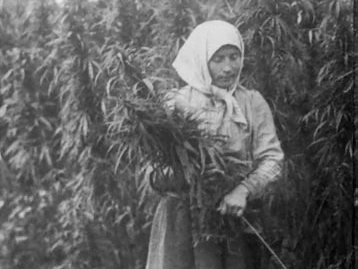

It wasn’t until Congress passed the Marihuana Tax Act in 1937 that our society began casting dubious glances at the once exalted agricultural staple. By the late 1930’s taxing and licensing requirements made it difficult for farmers to grow hemp, however, during WWII farmers still managed to grow over one million acres of hemp across the Midwest as part as a USDA “Hemp for Victory” program. With the passage of the Controlled Substances Act in 1970 hemp was no longer differentiated from its higher THC cannabis cousins and it became illegal to grow or sell.
Hemp’s prohibition remained until 2004 when the Ninth Circuit Court rendered its decision in Hemp Industries Association vs. DEA and permanently protected sales of hemp based foods and body care products in the U.S. Three years later two North Dakota Farmers received the first hemp growing licenses in over fifty years. When President Obama signed the original Farm Bill in 2014 it paved the way for hemp farming pilot programs and the stage was set for the Industrial Hemp Farming Act, which was introduced in 2015 and passed in 2018. The passage of the Farm Bill removed all federal restrictions on the growth, sale, and production of hemp, and hemp based products. From there hemp history is… still unwritten.
At Floyd’s of Leadville we’re proud to be hemp pioneers. Since our founding in 2016 we’ve dedicated ourselves to sourcing and producing the highest quality hemp based CBD products, and in the tradition of American agriculture we’re proud to bring a staple crop back to regions and farms where it can once again flourish and provide income and opportunities. As our first harvest is underway we’re reminded of the thousands of years and countless farmers who’ve tended such a beneficial and infamous agricultural staple. So sit back, sip a Tonic, and apply some Sports Cream to those aching joints; we like to think we’ve made CBD a little more convenient than the days of Pliny.
Ready for a few fun American hemp history facts to entertain your friends?
1840: Abraham Lincoln uses hemp seed oil to fuel his household lamps.
1916: USDA publishes findings that show hemp produces 4X more paper per acre than trees
1938: Popular Mechanics writes an article about how hemp could be used in 25,000 different products.
1942: Henry Ford builds an experimental car body made with hemp fiber, which is ten times stronger than steel
1957: The last commercial hemp fields in the US were planted in Wisconsin
1970: the Controlled Substances Act classified hemp as an illegal Schedule I drug, which imposed strict regulations on the cultivation of industrial hemp as well as marijuana

